March 10th – Atoms to Astrophysics
Today we explored the whole scope of Physics, from atoms to astrophysics. For more information check out our workshop page here, and make sure you have a go with this scale of the universe tool. I could spend all day playing around with it.
We talked about protons, neutrons and electrons today, but we didn’t mention the even smaller particles that they are made of. Have an explore. Did you spot the transistor gate that’s about the size of a virus? These are what give your phone its processing power. Current transistors are as small as 7nm – that’s 0.000007mm. The smaller they are, the more we can pack onto a microchip and the more processing power we can get. However, it looks like we might struggle to make them any smaller. As we get smaller we enter the realms of “quantum tunneling” which can cause all sorts of problems. To prevent this, we may have to start making our chips out of something other than silicon. (I like mine made out of potato! ba-dum-tish!)
One option might be a new material invented in Manchester called Graphene. It is only a single atom thick and could be used to make even smaller transistors. It’s super light and super strong and is changing the way we design and construct new products. If you want to get a glimpse of the material of the future, look here.
We also looked at the International Space Station, which you can watch, live, here. If you want to see the ISS fly overhead, use the tracker website here. You can give Tim a wave, and if you tweet him first (@astro_timpeake), he might just wave back!
This article is about Dr Richard Morton who works at Northumbria University. He is studying the sun and its effects on Space weather, which could be used toto help keep astronauts safe whilst in space.

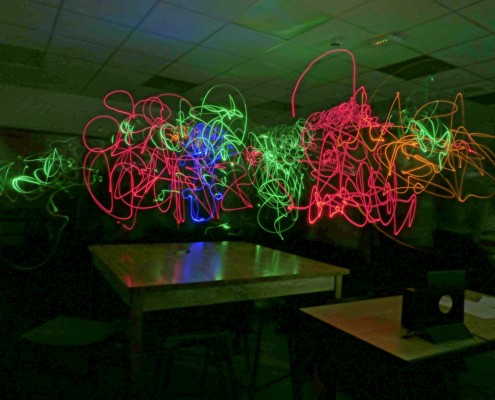
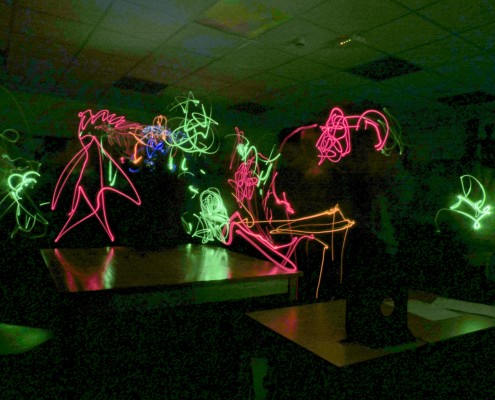
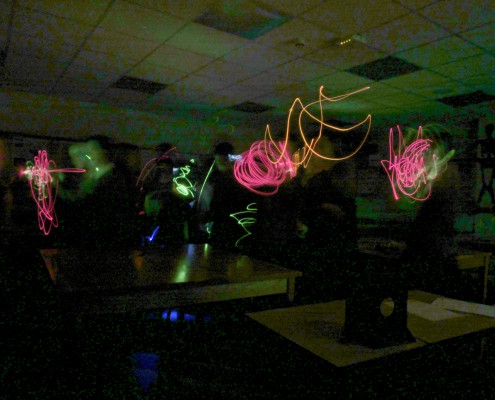
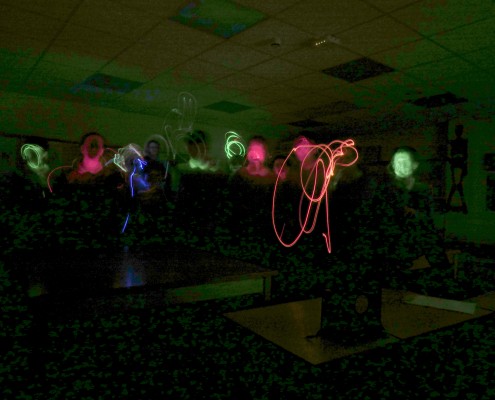
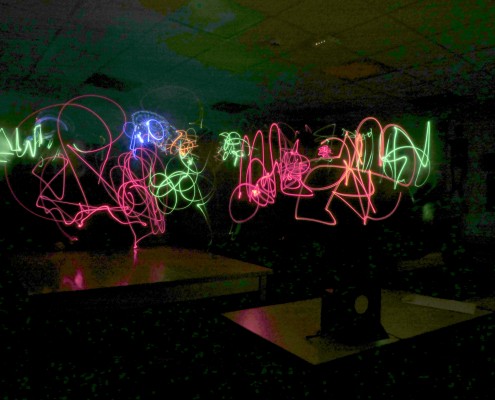
 Today I’ve been busy at Kenton Bar Primary School
Today I’ve been busy at Kenton Bar Primary School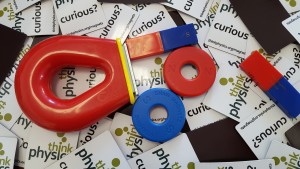 investigating magnets with Reception.
investigating magnets with Reception.